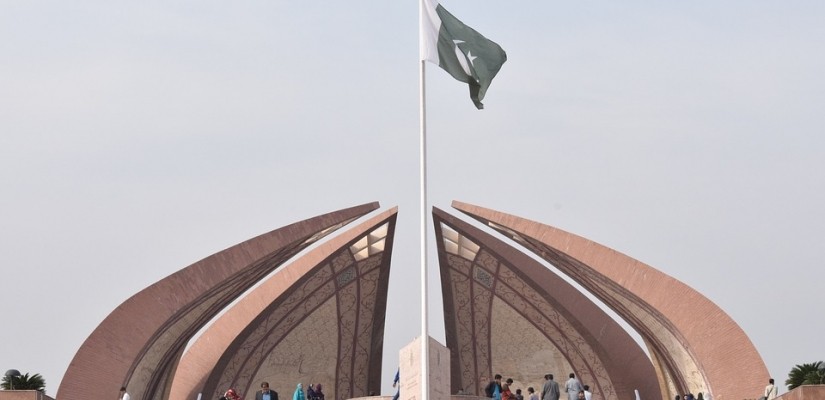The macroeconomic outlook for Pakistan in 2016 was much more positive than it is today. Then-Managing Director of the International Monetary Fund (IMF), Christine Lagarde, visited Pakistan and evaluated that the country was “out of crisis.” The IMF’s partner institution, the World Bank, took a similarly positive stance in 2016 and assessed that Pakistan’s economy would increase at a robust rate of 5.4% in 2018. As of 2019, the IMF has revised this figure and predicted that growth rates would only reach 2.9%, making Pakistan the slowest growing country in South Asia. What explains the reversal of confidence over the past three years?
The economic growth predicted in 2016 largely stemmed from the anticipated inflow of foreign investment, much of which was due to the $60 billion collection of infrastructure projects of the China-Pakistan Economic Corridor (CPEC). The CPEC was seen as a much-needed economic stimulus for a country that was struggling with fiscal discipline and overborrowing. These benefits, however, have not fully materialized and now may be in jeopardy with the election of Imran Khan in 2018. Abdul Razak Dawood, Advisor to the Prime Minister for Commerce, has indicated the possibility that all CPEC projects may be suspended pending review. This stems from his criticism of former Prime Minister Nawaz Sharif, who is now facing corruption charges, of granting “too favorable” terms to China. Indian Prime Minister Narendra Modi’s decision to repeal the special status of India-administered Kashmir has further impeded economic integration in the region.

In his maiden address to the nation, Khan singled out the ongoing debt crisis as the key problem facing the country, stressing, “Never in Pakistan’s history have we faced such difficult economic circumstances.” Pakistan is slated to be one of the biggest beneficiaries of China’s Belt and Road Initiative (BRI) and the latter has been very willing to help finance initial investment. Islamabad has continued to borrow from Beijing in an attempt to replenish foreign reserves and bridge the financing gap. As a result, the debt burden reached $95 billion in 2018, having more than doubled in the previous decade. In the past year alone, the country’s debt-to-GDP ratio increased from 67% to 72.5%. Pakistan will remain in this perilous situation as debt servicing, the amount required to cover interest and principal payments, amounted to $7.5 billion in 2018, which has resulted in a steep decline of the country’s reserves. In fact, Pakistan has been forced to take on additional loans to pay its sovereign debt obligations – a short-term fix with grave long-term implications. In the next three years, Pakistan will owe China $6.7 billion in commercial loans and an additional $2.8 billion to the IMF. The IMF has firmly warned that its loans cannot be applied to pay off loans used to fund the CPEC.
In an attempt to weather this financial crisis, Imran Khan has focused on re-attracting foreign direct investment (FDI). China, the United States, and the United Arab Emirates each contributed over $200 million in 2014, but FDI decreased significantly in the following years due to political instability and corruption. Khan has also appealed to overseas Pakistanis to send remittances home in an attempt to bolster reserves. In order to restore fiscal discipline, however, the government must implement austerity and address its revenue stream. At present, the undocumented economy is estimated to be valued at 36% of the overall economy. Legitimizing this part of the economy and implementing a more robust taxation system will be crucial in addressing macroeconomic instability.
